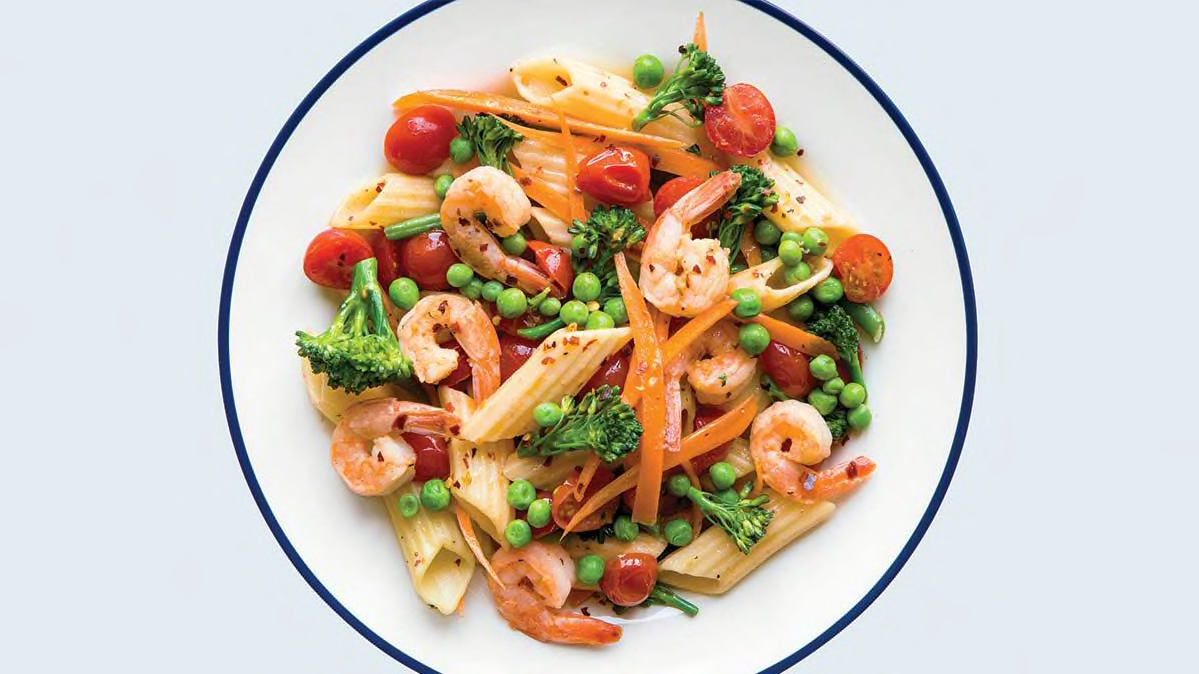
Like regular pasta, it’s made from durum wheat, but the whole kernel—bran, endosperm, and germ. (White flour comes from the endosperm only.) It has a nutty flavor that can be mild or pronounced. Other whole grains—such as spelt (a type of wheat), quinoa, and buckwheat (soba)—are also used in pasta.
Nutritional profile: It can have up to 7 grams of fiber per cup, or 31 percent of the daily need for women, 25 percent for men 51 and older. It’s higher in other nutrients, such as riboflavin, niacin, magnesium, and zinc, found in the grain’s bran and germ. Pastas made from corn, rice, or both tend to be less nutritious than those made from other grains.
Cooking and serving tips: The nutty flavor pairs well with roasted vegetables, garlic, or hot pepper. In CR’s tests of whole-grain pastas, Barilla Whole Grain Penne had a chewy, springy texture close to that of regular pasta.
The Link LonkAugust 31, 2020 at 05:07PM
https://ift.tt/34NGwYv
How to Make Pasta Healthy - ConsumerReports.org
https://ift.tt/31oM9uv
Pasta
No comments:
Post a Comment